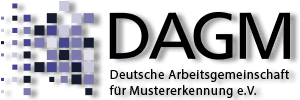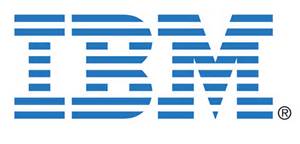Organizers
Program Committee
- Jude W. Shavlik, University of Wisconsin-Madison
- Prasad Tadepalli, Oregon State University
- Bernt Schiele, Max Planck Institute for Informatics
- Gautam Kunapuli, UtopiaCompression Corporation
- Christoph Lampert, IST Austria
- Andrea Passerini, University of Trento
- Pietro Galliani, University of Sussex
- Daniel Hernández-Lobato, Universidad Autónoma de Madrid
- Emilie Morvant, Université Jean Monnet
- Vijay Badrinarayanan, Magic Leap
- David Lopez-Paz, University of Cambridge
- Kshitij Judah, Oregon State University
- Tushar Khot, Allen Institute for Artificial Intelligence
- Karthik Raman, Google
- Phillip Odom, Indiana University
- Martin Mladenov, TU Dortmund
- Joseph Taylor, University of Sussex
Sponsors
Selected References
1 M. O. Noordewier, G. G. Towell, and J. W. Shavlik. Training knowledge-based neural networks to recognize genes.
NIPS, 1990.
2 D. W. Opitz and J. W. Shavlik. Heuristically expanding knowledge-based neural networks.
IJCAI, 1993.
3 Q. V. Le, A. J. Smola, and T. Gaertner. Simpler knowledge-based support vector machines.
ICML, 2006.
4 P. Odom, T. Khot, R. Porter, and S. Natarajan. Knowledge-based probabilistic logic learning.
AAAI, 2015.
5 V. Vapnik and A. Vashist. A new learning paradigm: Learning using privileged information.
Neural Networks, pp. 544--557, 2009.
6 D. Hernández-Lobato, V. Sharmanska, K. Kersting,
C. Lampert, and N. Quadrianto. Mind the nuisance: Gaussian process classification using privileged
noise.
NIPS, 2014.
7 V. Vapnik and R. Izmailov. Learning using privileged information: Similarity control and
knowledge transfer.
JMLR , pp. 2023--2049,
2015.
8 Y. S. Abu-Mostafa. A method for learning from hints.
NIPS, 1992.
9 T. Joachims. Learning from user interactions.
WSDM, 2015.
10 C, Xu, D. Tao, and C. Xu. A survey on multi-view learning.
CoRR, abs/1304.5634, 2013.
11 K. Judah, S. Roy, A. Fern, and T. G. Dietterich. Reinforcement learning via practice and critique advice.
AAAI , 2010.
12 K. Judah, A. Fern, and T. G. Dietterich. Active imitation learning via reduction to i.i.d. active learning.
UAI, 2012.
13 E. Gabrilovich and S. Markovitch. Harnessing the expertise of 70, 000 human editors: Knowledge-based
feature generation for text categorization.
JMLR, pp. 2297--2345, 2007.
14 V. Sharmanska, N. Quadrianto, and C. H. Lampert. Learning to rank using privileged information.
ICCV, 2013.
15 L. Duan, Y. Xu, W. Li, L. Chen, D. W. K. Wong, T.Y. Wong, and
J. Liu. Incorporating privileged genetic information for fundus image based
glaucoma detection.
MICCAI, 2014.
16 D. Lopez-Paz, L. Bottou, B. Schölkopf and V. Vapnik. Unifying distillation and privileged information.
ICLR, 2016.
17 L. J. Ba and R. Caruana. Do Deep Nets Really Need to be Deep?
NIPS, 2014.
18 G. Hinton, O. Vinyals, and J. Dean. Distilling the Knowledge in a Neural Network.
arXiv, 2014.







